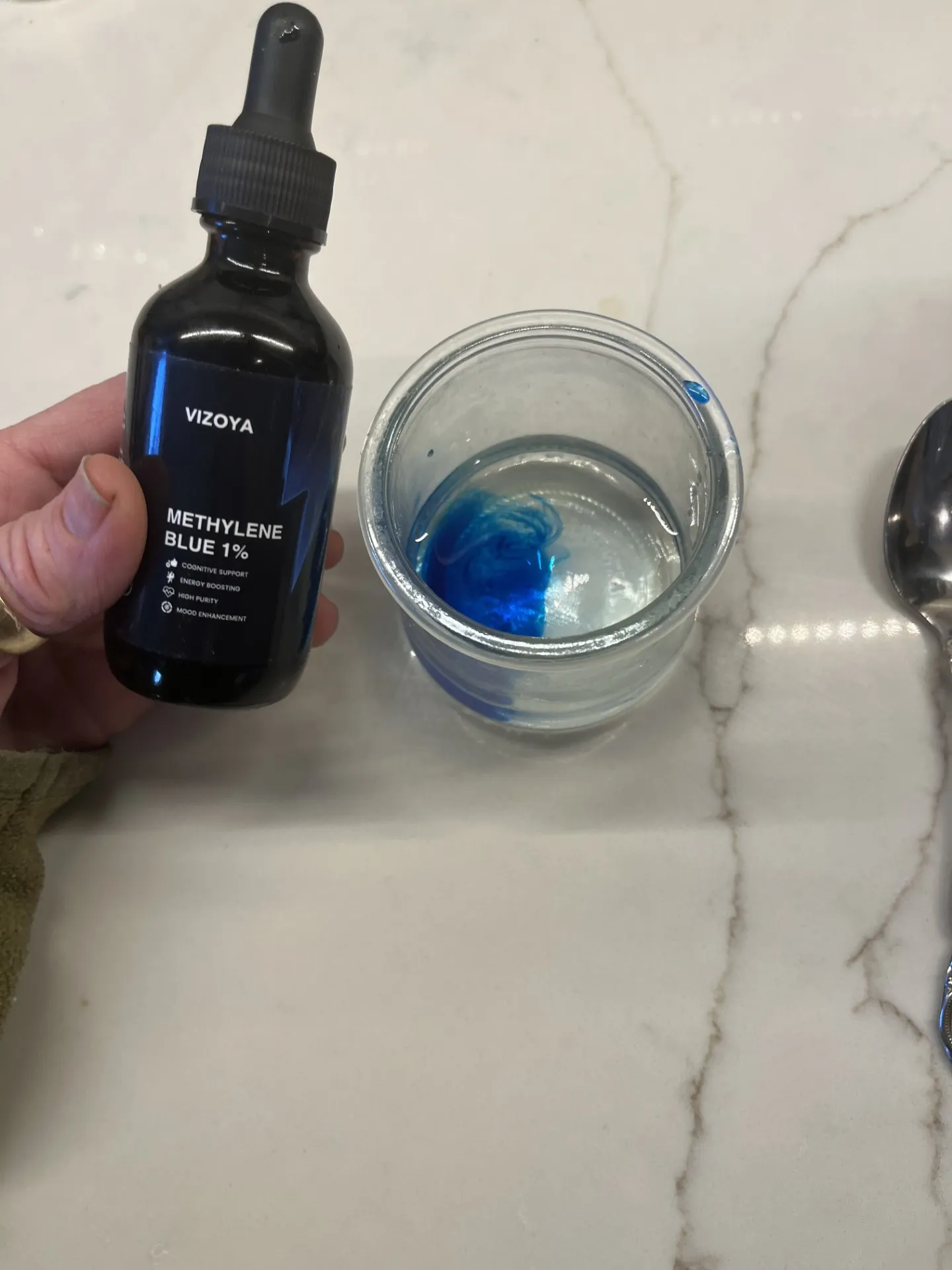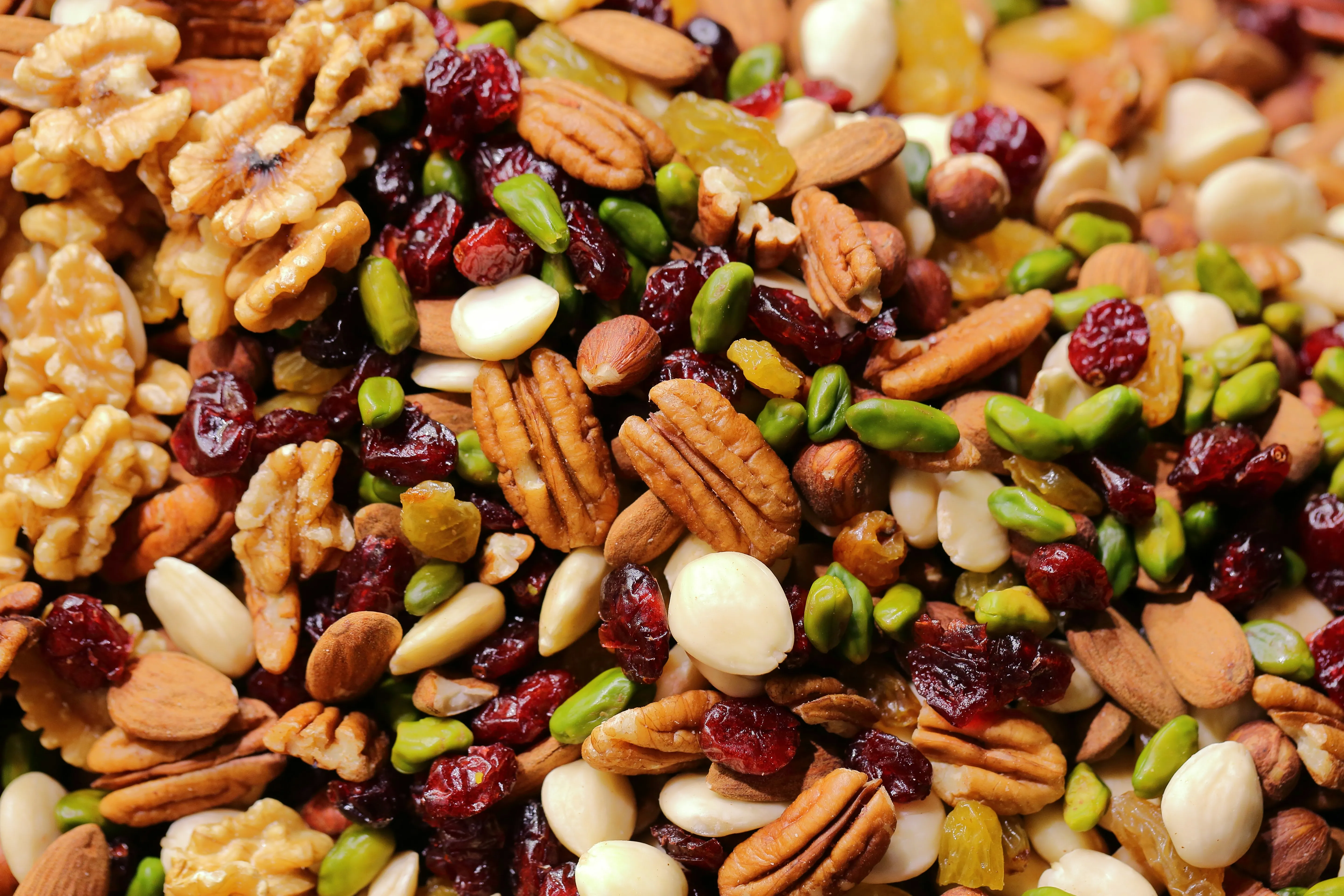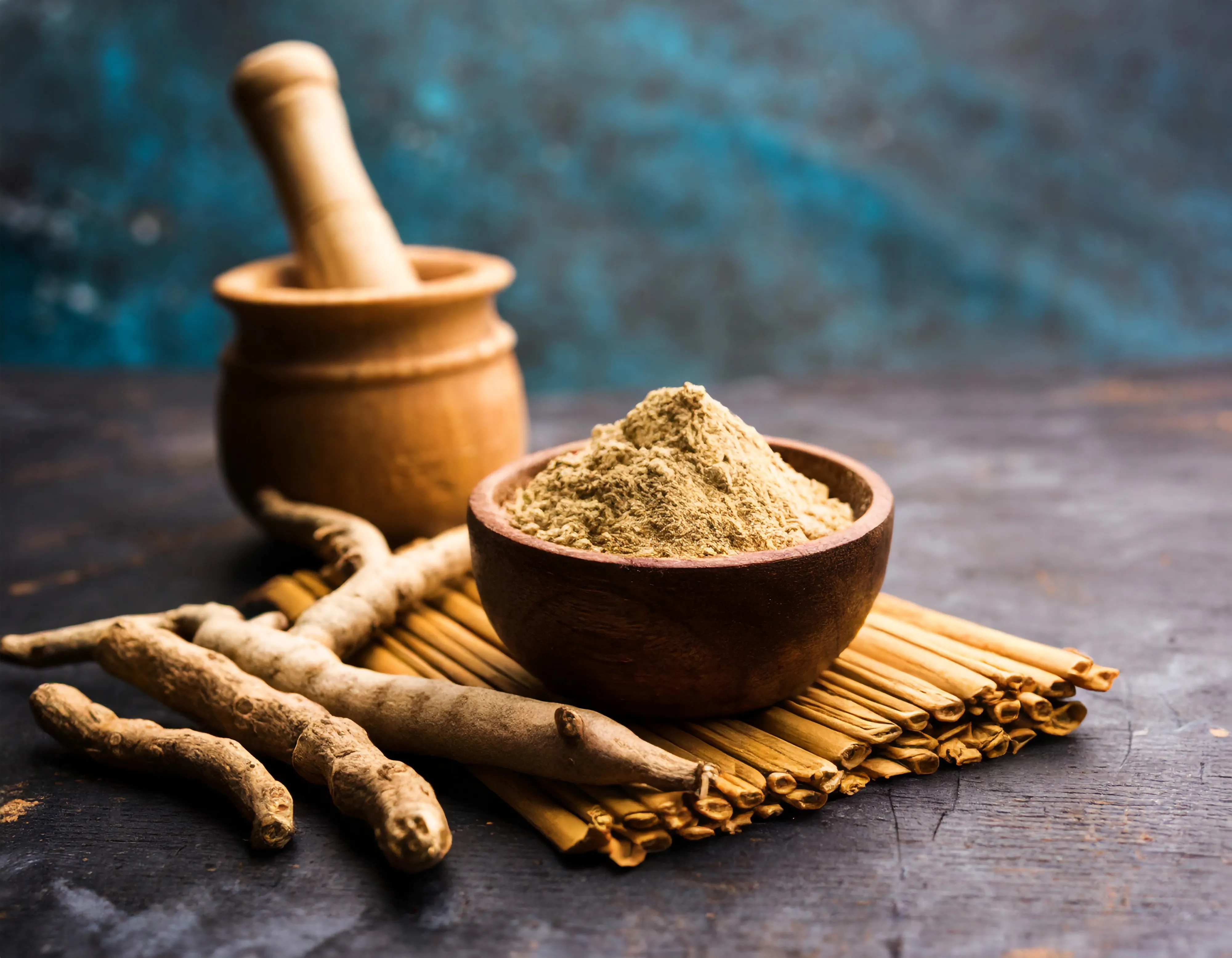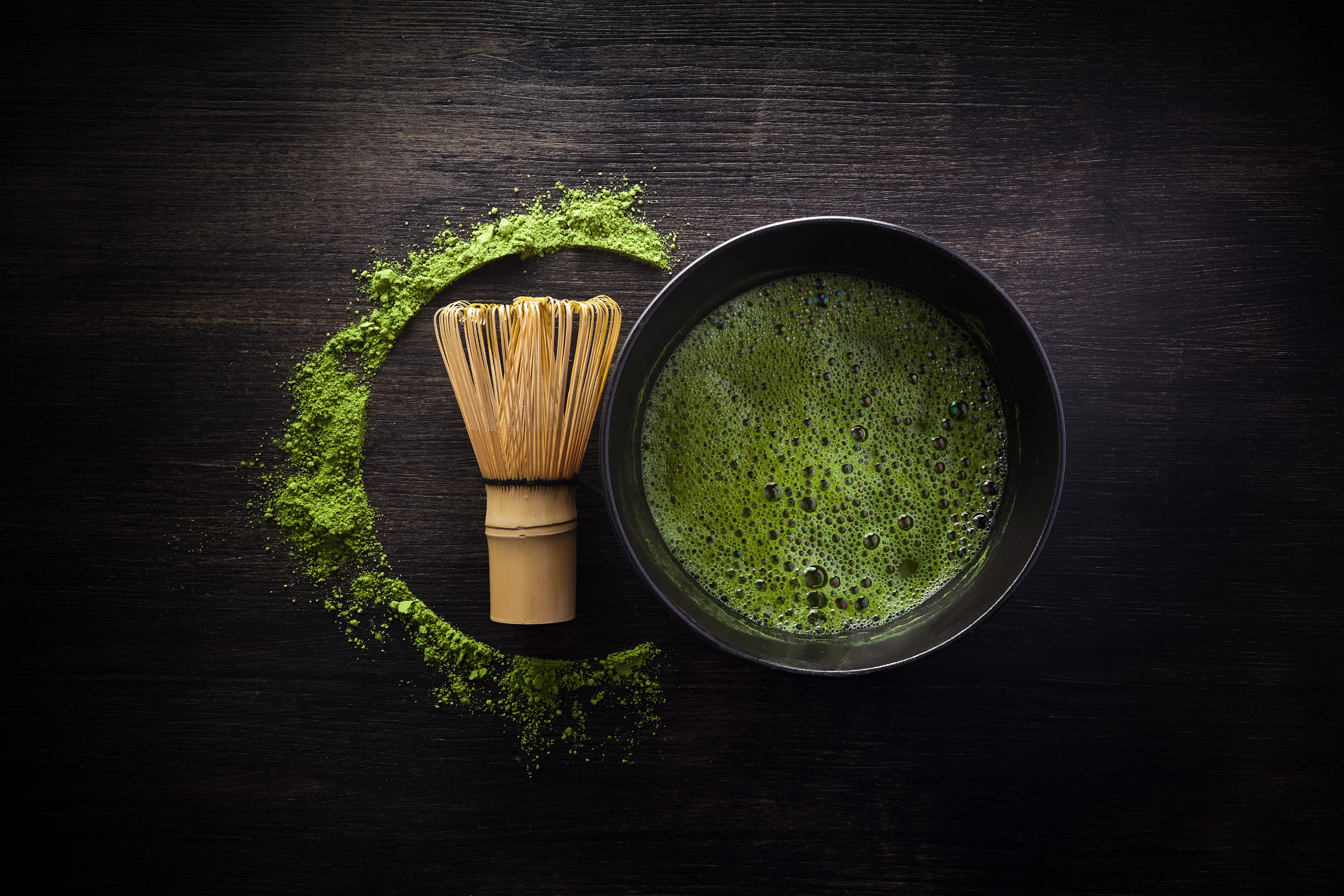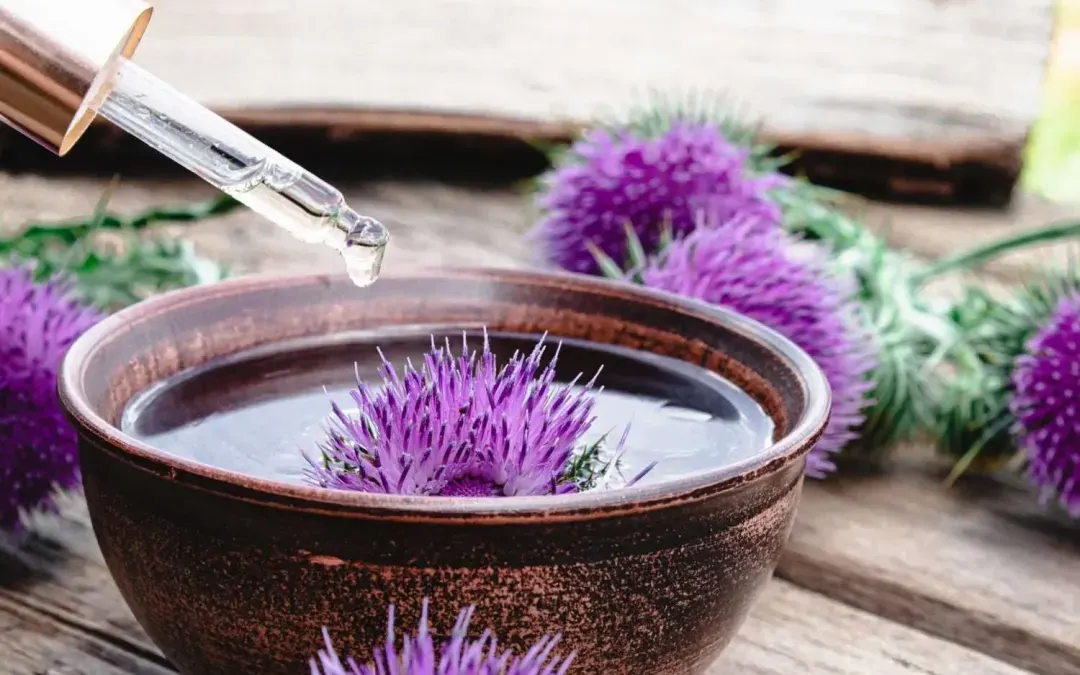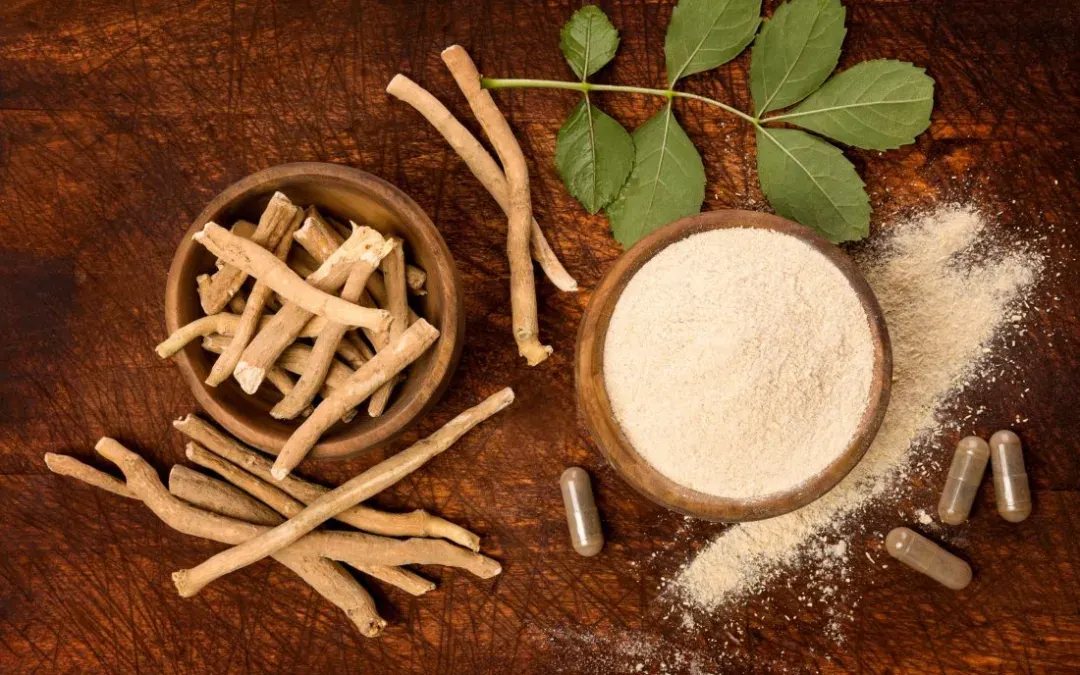Can Meditation Help me Heal?
by Christina Blanchard-Horan, PhD
Meditation can contribute to healing the body. Have you heard about the benefits of meditation? Maybe you don't know where to start and you don't have much time? Let's learn some easy techniques to get you on the right path. Easy and quick are the key terms here.

The Science Behind Meditation & Healing
Meditation has been practiced for thousands of years, but modern science is now confirming what ancient wisdom has long understood—meditation has profound healing benefits. Beyond stress reduction and mental clarity, meditation has been linked to stem cell growth, improved immunity, and overall well-being. With just 10 minutes a day, anyone can harness the healing power of meditation to enhance their health.
How Meditation Supports Healing
Boosting Stem Cell Growth
Recent research suggests that meditation can play a role in promoting stem cell production. Stem cells are crucial for tissue repair and regeneration, and studies indicate that deep relaxation through meditation can enhance stem cell proliferation. This means that meditation could support healing, recovery from injury, and overall longevity (Alderman et al., 2020).
Reducing Stress & Inflammation
Chronic stress is a major contributor to inflammation, which has been linked to a wide range of diseases, including cancer. Meditation has been proven to lower cortisol levels, reduce inflammation markers, and improve the body’s stress response. Daily meditation can help prevent stress-related diseases and support overall cellular health (Black & Slavich, 2016).
Enhancing Immune Function
By reducing stress and inflammation, meditation directly benefits immune function. Research shows that mindfulness meditation can increase the activity of natural killer (NK) cells, which help fight infections and abnormal cell growth, including cancer (Davidson & Goleman, 2017)
Christina Blanchard-Horan, PhD
is the Mystic Transformation Coach
Helping you make the changes you want in your life.
-----------------
A Simple Meditation for Healing
If you’re new to meditation, start with just 10 minutes a day. Here’s a guided approach:
- Find a Quiet Space – Sit comfortably, close your eyes, and relax.
- Focus on Your Breath – Take slow, deep breaths in through your nose and out through your mouth.
- Body Scan – Bring awareness to different parts of your body, releasing tension.
- Mantra or Visualization – Repeat a calming word (e.g., “peace”) or visualize a healing light surrounding you.
- End with Gratitude – Take a moment to express gratitude for your health and well-being.
Guided Meditation Apps & Resources
For those who prefer guidance, several apps offer free meditation sessions:
- Insight Timer – A vast library of free guided meditations.
- Calm – Great for beginners with structured courses.
- Headspace – Science-backed meditation techniques.
- The Honest Guys (YouTube) – Free guided meditations for relaxation and healing.
Popular Meditation Experts to Follow
- Dr. Joe Dispenza – Focuses on meditation for healing and neuroplasticity.
- Deepak Chopra – Combines meditation with Ayurvedic principles.
- Tara Brach – Specializes in mindfulness and self-compassion.
- Jack Kornfield – Buddhist mindfulness teachings for daily life.
Start Your Meditation Journey Today
Meditation is a powerful, accessible tool for healing. Whether you’re looking to support stem cell growth, reduce stress, or boost your immune system, dedicating just 10 minutes a day can yield profound benefits. With free resources available, there’s no reason not to start today.
What’s your favorite meditation technique? Share in the comments below!
References
- Alderman, B. L., Olson, R. L., & Brush, C. J. (2020). The effect of mindfulness meditation on stem cell production. Journal of Integrative Medicine, 18(3), 211-218.
- Black, D. S., & Slavich, G. M. (2016). Mindfulness meditation and inflammation: A review. Psychosomatic Medicine, 78(6), 673-682.
- Davidson, R. J., & Goleman, D. (2017). Altered traits: Science reveals how meditation changes your mind, brain, and body. Journal of Neuroscience, 37(18), 4563-4574.

